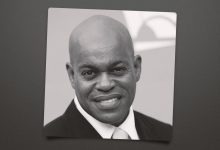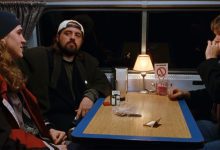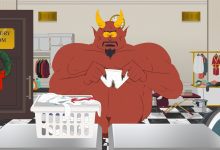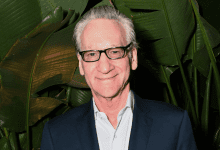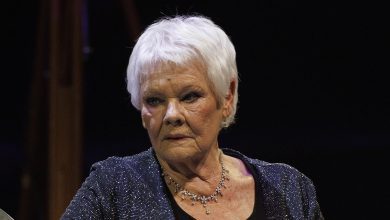Grace Van Patten Says Everything Is Out in the Open After Amanda Knox Finale, Teases ‘Tell Me Lies’
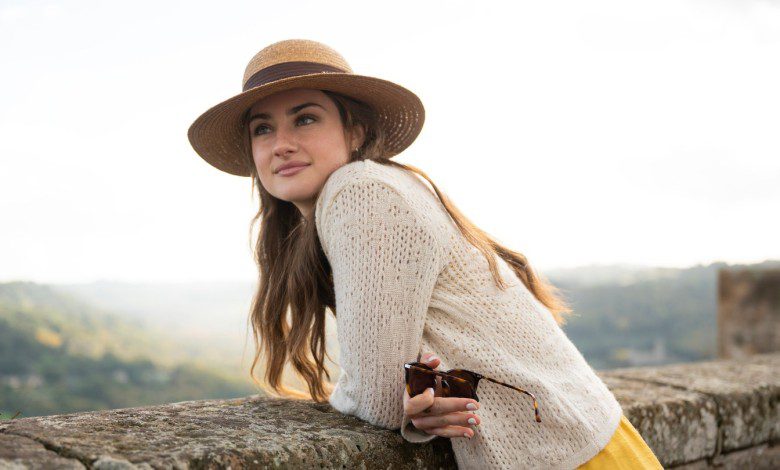
[This story contains spoilers from the season finale of The Twisted Tale of Amanda Knox, “Libertá.”]
The Twisted Tale of Amanda Knox intentionally kept the camera pointed away from the person who is heard in the Hulu miniseries’ final scene. After eight episodes of a dramatic retelling of Amanda Knox’s harrowing legal journey to freedom, the final two episodes followed Knox, played by Grace Van Patten, as she tried to reclaim her life following her murder conviction being overturned on appeal and regaining her freedom after years spent in prison and in the courts. Part of that journey was Knox traveling back to Italy to confront her former prosecutor, Giuliano Mignini (which happened in real life), but the series stops short of confirming that it is Mignini who steps into the confessional booth to end the series; the show leaves the person’s identity a mystery, and ends before that person speaks.
“I’m so obsessed with that ending. I think it’s so smart,” Van Patten tells The Hollywood Reporter. “It’s so common that shows and movies are wrapped up in a bow for the audience, and the fact that this gives space for an interpretation, I think, is so smart. I am curious to hear what people think: Who that is, what are they about to confess?” She adds, “Everything’s out in the open now. Amanda’s side is out in the open.”
Below, Van Patten dives into her process to play Knox — her first role embodying a real person — to explain how her firm belief in her innocence brought a newfound depth to the series, and shares set stories of her relationship with Knox herself. She also teases her other Hulu series Tell Me Lies, which just wrapped production on its highly anticipated third season: “Buckle up,” she says. “Buckle. Up.”
***
Where were you in Tell Me Lies world when this show about Amanda Knox first came to you?
I was in between seasons two and three. I had first heard about it while we were filming, and I knew it was going to be a Hulu show, and I was like, “Does that mean maybe I could be considered?” But then I didn’t hear anything about it for months and months, and completely forgot about it until I saw that Amanda Knox had started following me on Instagram. That’s when my stomach dropped, and I reached out to my agents right away like, “What does this mean?!” That’s when the process began.
Did the timing line up with scheduling so you could film both series?
It worked out perfectly. It was a couple of months after we wrapped season two [of Tell Me Lies] when I found out about Amanda, so it was: go, go, go. I left for Italy two months later. Then, when I wrapped, I had about two and a half weeks and went right into Tell Me Lies, and we just finished filming a few days ago. So now I’m a free woman!
Tell me everything you just filmed.
You don’t want to know. It’s scary. For different reasons, both of these shows are terrifying!
What was that adjustment like, to go back into Tell Me Lies mode two weeks after absorbing yourself in the world of Amanda Knox?
I was really nervous at first. Since I’ve started Tell Me Lies, it’s only been Tell Me Lies. I haven’t had to go from another character to Lucy, so I didn’t know what to expect. But that’s the beauty of doing something for three seasons, which I didn’t know, but it’s just kind of in your body more and something you can switch on as opposed to having to find every time and every season. Lucy, unfortunately, is in my body! So it was more about igniting her, as opposed to figuring out who this person is again.
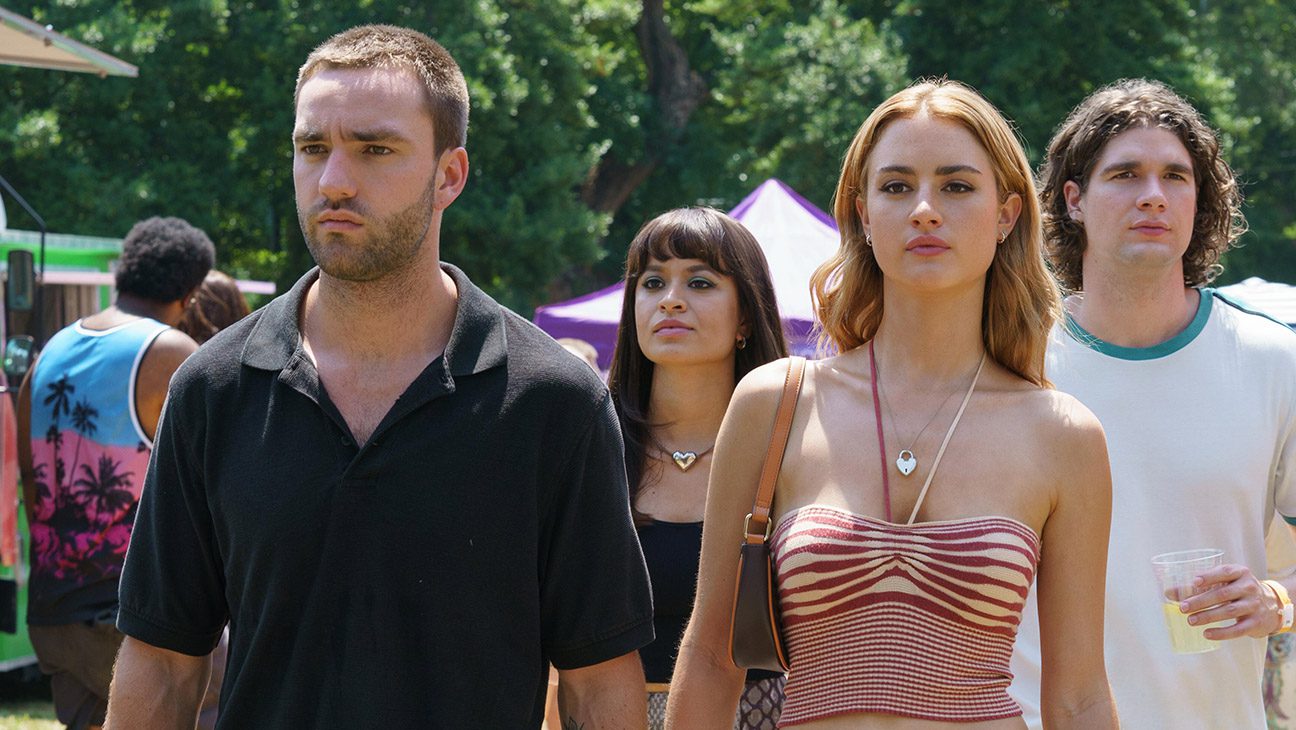
When it came to figuring out Amanda, from what I’ve read, you had an awareness but were not the expert that I imagine you are now. Would you say you had an opinion about her innocence or guilt going in?
I remember it being controversial. I know people felt very strongly about if she was innocent or if she was guilty, and there were both existing opinions. But I didn’t have one. I just didn’t know. And then, as soon as I started doing research, I gathered a very factual opinion, which is: No, this girl did not do this. And that it’s a way deeper and more complicated story than what I realized, and I think what people realize. Doing that research made me even more motivated to help tell her side of the story.
At what point in that research process did you then get to meet Amanda and have the choice to collaborate closely or keep some distance? How did you approach that relationship?
I was figuring it out as I went along. I had no plan. I had never played a real person before, so everything was new to me. I didn’t know how involved she wanted to be. The first time I met her was really discovering all of these things; discovering that she does want to be involved and that she is willing to speak to me, and that was so reassuring. The fact that she was so open and vulnerable with me and I felt like I could ask her a million questions and she was willing to give me the answers. I felt so thankful that I could use her, as opposed to guess. I had two months before we went to go shoot, so that was filled with speaking to her and learning Italian as much as I could.
I was going to ask if you had spoken any Italian before the show.
No. None. That was the main skill I had to work on. Those two months were definitely crammed with talking to her, and learning Italian and doing as much research as I possibly could.
You read her book, so you had read her perspective before doing the show, but as you were going through the filming process and asking questions, was there anything that stood out to you as a misconception or something the public didn’t know?
What’s crazy is that the whole thing was a misconception. Learning the details were shocking, like the amount of the lack of evidence. It’s not like there was a little bit of evidence — there was no evidence, which is crazy that two people are being accused of murder with zero evidence. But I would say the most surprising thing and the most beautiful thing I learned was who Amanda was as a person who went through this thing, and how still, to this day, after going through something so horrible and tragic, she has maintained positivity and hope and compassion for people. I could imagine that after going through something like that it could be very easy to slip into a life filled with a lot of resentment and anger, and she did not let that defeat her. She really is such a strong woman. I’m really inspired by her mentality.
Showrunner K.J. Steinberg said the show could have ended at episode six, but that going beyond the verdict and following Amanda home was always part of the plan. Why did you think it was key to tell that after story, especially with these final two episodes?
It’s so important to see her readapt to normal life. She was still only 24, and so to watch the discomfort of that reentry and figure out how to navigate real life again… I know I’ve never seen that play out in a show. That was so fascinating to me to talk to her about and read in the scripts. The build of watching Amanda decide how to regain control of her life — whether that’s writing the book or writing that first letter to her prosecutor, and how this whole show up to this point is leading up to her regaining control of a life that has been completely out of her control. It gives it a hopeful end. It shows a continuation of an existing person who actually went through this, and that that’s not the story — the story is who she is now. That’s what I hope people take away from it.
With Amanda co-writing the last episode, “Libertá,” viewers get a lot of insight into her via her inner monologue in your finale scenes. What was that experience like, and was she on set for any of that final episode?
She was. She was there the last two or so weeks of filming, so she was there with the big Mignini scene at the end, which was super emotional and shot over two or three days. It was a scene we all really wanted to get right. It’s a very long, complex scene with so much going on between two people. So that one was tedious and emotional, and the fact that she was there for that made me feel very emotional doing it.
Were there any big questions you had for her when making the finale?
Any time she gave me validation that I was portraying her emotions authentically meant the world to me. She said that a few times throughout, and it made me feel so good that I was able to give her that. That was my main goal through all of this — to help her feel understood and for people to hopefully, by watching this, understand her more. To feel seen by her was really flattering and such an honor for me.
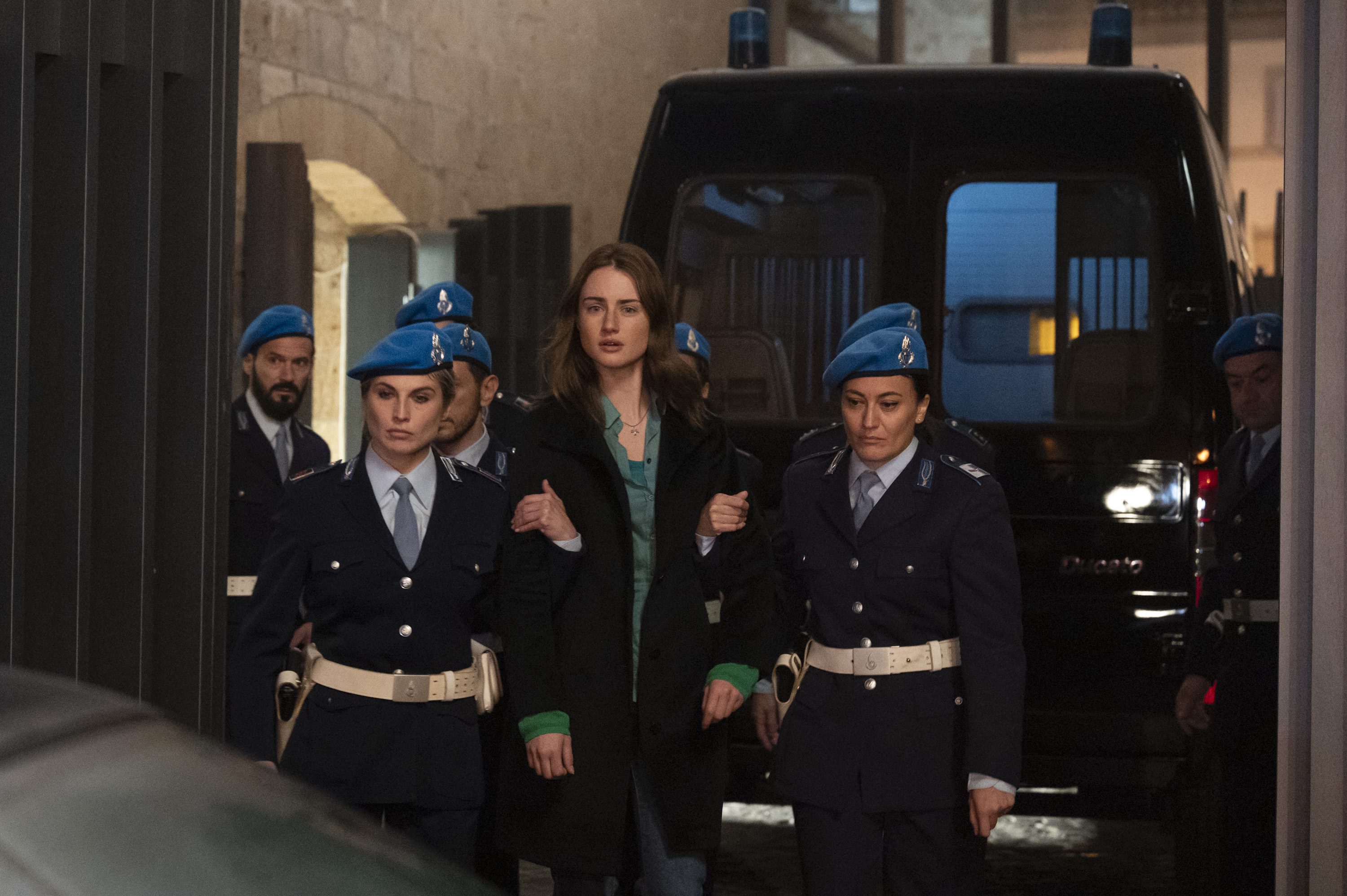
The final words from Amanda in the show are that there will be some people who will believe her and think she’s innocent, and some who still won’t. Do you feel Amanda has an acceptance that even after you release this show and put it all out there that there might still be people who think she’s guilty?
I don’t want to speak for her, but I do know from getting to know Amanda that she’s very confident in who she is, and has never strayed away from who she is, which unfortunately, in the time of her being accused for murder, was used against her. But she is so true to who she is, and I am so inspired by that. Making this show, and having a platform to help somebody tell their story, was so meaningful to me. But I’m sure this helped her. Everything’s out in the open now. Her side is out in the open. So knowing her, she’s approaching it with positivity and acceptance.
Have you been following along with the viewer response and engaging on social media?
No. It’s probably partly a defense mechanism! But what’s helped is that I’ve been shooting Tell Me Lies as the show has been coming out, so it’s been a nice distraction of not reading things. It’s the first thing I’ve ever been a part of where I’m just so proud of what we did. Not even necessarily the outcome; it’s such a great show. But I’m so proud of the actual product and of everyone who came together to make this, and the reason we all made this. So I’m kind of with Amanda where people can hate it or love it, but I feel like we did something really important and good. There’s less weight to the response because of that.
In the final scene of the series, we don’t see who has arrived to confess. We only hear them breathe and see that it’s someone the priest recognizes. Do you all want people to make their own opinions about who’s in that confessional booth?
I’m so obsessed with that ending. I think it’s so smart. It’s so common that shows and movies are wrapped up in a bow for the audience. And the fact that this gives space for an interpretation, I think, is just so smart. I am curious to hear what people think: Who that is, what are they about to confess? I’m curious for that reaction.
What do you hope people take away from that final scene?
I hope that through watching this show, they really see who Amanda is, and can gather and form an opinion based on understanding her more and based on the facts. I really think it’s a story about this young girl regaining control of her life and never giving up, and being extremely resilient through it all and not letting a bad thing define and destroy her. That’s really inspiring to anybody, no matter what scale of tragedy you’ve gone through, or trauma. You can take that and use that mentality through any aspect of your life. I think that’s so beautiful.
This story also brings both Raffaele Sollecito and Meredith Kercher into the forefront. KJ has called them both the “oft-forgotten” victims in this story. What was it like to be a part of getting their stories out?
There is no doubt that this story involves so much pain and so much tragedy from multiple people and families, and that’s why we approached it with as much sensitivity as possible. I hope people see this was a tragic story on so many different levels, and that it is not one person’s story. It’s, unfortunately, the pain and tragedy of a lot of people involved.
What was it like working with Monica Lewinsky [who is a producer] on this project, and how did she help steer what you all hope to accomplish?
I look up to her so much. I think she’s so extremely smart and cool, and what she’s doing with her life, reclaiming her own story in her own way, is so inspiring. The team of Amanda and Monica is so badass. Honestly, just being able to talk to Monica about not only this show but her life and life in general, I learned so much from every conversation.
Looking ahead to what’s next for you, what is the most non-spoiler tease you can share about season three of Tell Me Lies?
Buckle up. (Laughs.) Buckle. Up. I mean, it’s absolute chaos in the purest form, with everybody. People can get excited about the drama for every character — everyone’s going through it.
***
The Twisted Tale of Amanda Knox is now streaming all episodes on Hulu. Read THR’s recent cover story with Amanda Knox and Monica Lewinsky.
Source: Hollywoodreporter
HiCelebNews online magazine publishes interesting content every day in the TV section of the entertainment category. Follow us to read the latest news.
Related Posts
- SXSW Sets First Panels for 40th Anniversary Conference
- Leonardo DiCaprio Pays Tribute to Jane Goodall: “We Have Lost a True Hero for the Planet”
- Devon Sawa Comes Alive for ‘Return of the Living Dead’ Movie
- Kim Kardashian and Kris Jenner File Defamation Suit Against Ray J Over RICO Investigation Claim
- Sean “Diddy” Combs Sentenced to Four Years, Two Months in Prison Over Mann Act Violations

